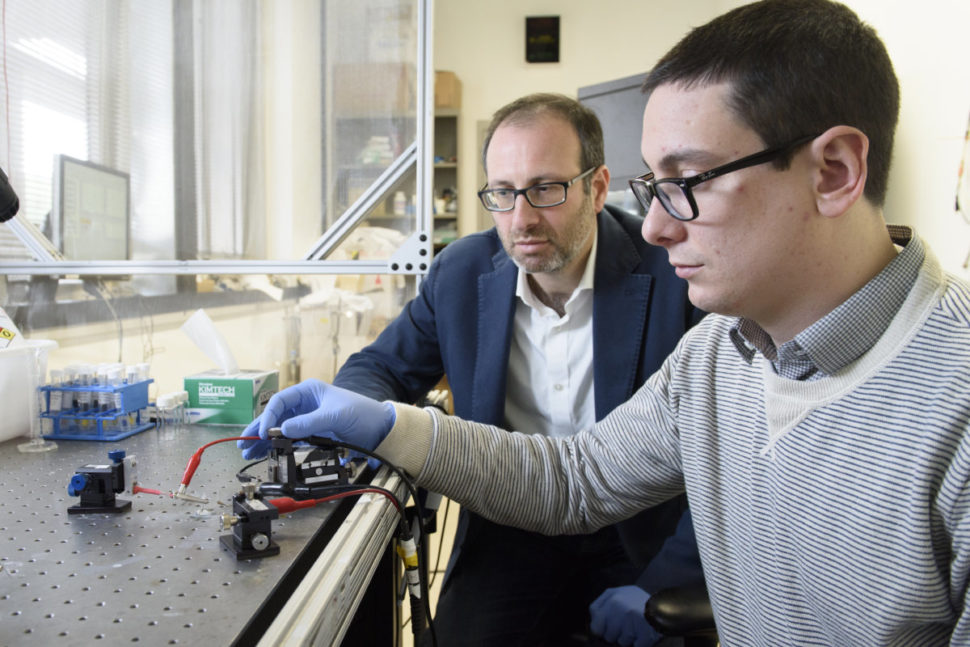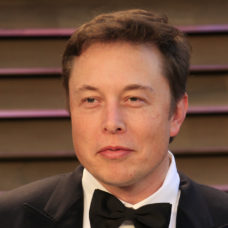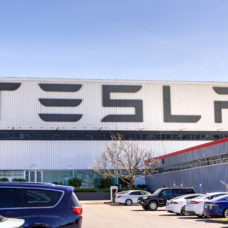Technology’s endless potential expands . . . until it runs out of a power source. Futuristic gadgets improve human capabilities and artificial intelligence is taking care of the grunt work, but to sustain this growing synchronicity with technology without putting our resources at risk, securing a highly efficient power source will be crucial as we move into Industry 4.0.
Stanford researchers have created a low-energy artificial synapse.Click To TweetBridging the Gap
We have all heard the metaphor that computers are essentially human brains. And while there is some merit to this simplistic argument, especially when it’s being used as a teaching tool for children, there is still a large divide between how the brain processes information and how a computer attempts to do the same thing.
Researchers at Stanford University and Sandia National Laboratories have figured out a way to bridge that gap by examining synapses–the gaps that transmit signals to the brain by way of neurotransmitters. In neuroscience, synapses are key features for understanding how organisms learn and process memories.
Researchers have managed to create an artificial synapse, which has the potential to totally transform the way modern computing functions at the moment. The artificial synapse is designed like a battery.
“It consists of two thin, flexible films with three terminals, connected by an electrolyte of salty water. The device works as a transistor, with one of the terminals controlling the flow of electricity between the other two” explains Taylor Kubota of Tech Explore.
This artificial synapse performs in the same way as neurological synapses and is able to garner information based on signals that cross through it. This more “brain-like” method could save tons of computing energy in the future.
Instead of processing information and then storing it in a separate memory log, which is a key characteristic of how modern computing works, the synapse is able to process, create, and store a memory at the same time!
As Efficient as a Brain
Artificial synapses make it so that computers can learn and remember simultaneously, just like in the brain. This saves energy because there are no longer multi-layered processes taking place for the computer. This streamlining of information storage and access will be a boon to the tech industry, which is already making an industry-wide effort to both save energy and use clean energy.
In 2014, data centers in the U.S. consumed 70 billion kilowatt hours of electricity. It is projected that by the year 2020, this number will double, resulting in companies paying $13 billion on electricity and consuming 150 million metric tons of carbon.
The exorbitant energy costs will only increase as our technology becomes more and more advanced, and so it is important for researchers to develop technology that is both innovative and eco-conscious.
The Artificial Synapse: Singularity?
Artificial synapse computing will be useful in further developments of voice activated computing and self-driving cars, which still struggle with the taxing amount of energy and storage that they need to function properly. Computers still have trouble running all of the necessary algorithms that are required for them to completely understand tone, read emotion, and decipher human handwriting.
“More and more, the kinds of tasks that we expect our computing devices to do require computing that mimics the brain because using traditional computing to perform these tasks is becoming really power hungry,” said A. Alec Talin, distinguished member of technical staff at Sandia National Laboratories in Livermore, California, and senior author of the paper.
“We’ve demonstrated a device that’s ideal for running these type of algorithms and that consumes a lot less power.”
As it takes less and less energy for computers to function more like human brains, we are taking one step closer to creating a singularity, which, as Elon Musk argues, will keep us humans from becoming irrelevant in the future.


















How To Find Your Lost Cryptocurrency.
My name is George Lucas. I want to testify about GEO COORDINATES HACKER. They helped me recover my stolen crypto worth $370,000 through their hacking skills. I tried it. I was skeptical but it worked and I got my money back, I’m so glad I came across them early because I thought I was never going to get my money back from those fake online investments. I want to recommend this great hacker to anyone that truly needs an urgent solution. You can also contact them via
Email; geovcoordinateshacker@proton.me
Email; geovcoordinateshacker@gmail.com Telegram ( @Geocoordinateshacker )Website; https://geovcoordinateshac.wixsite.com/geo-coordinates-hack